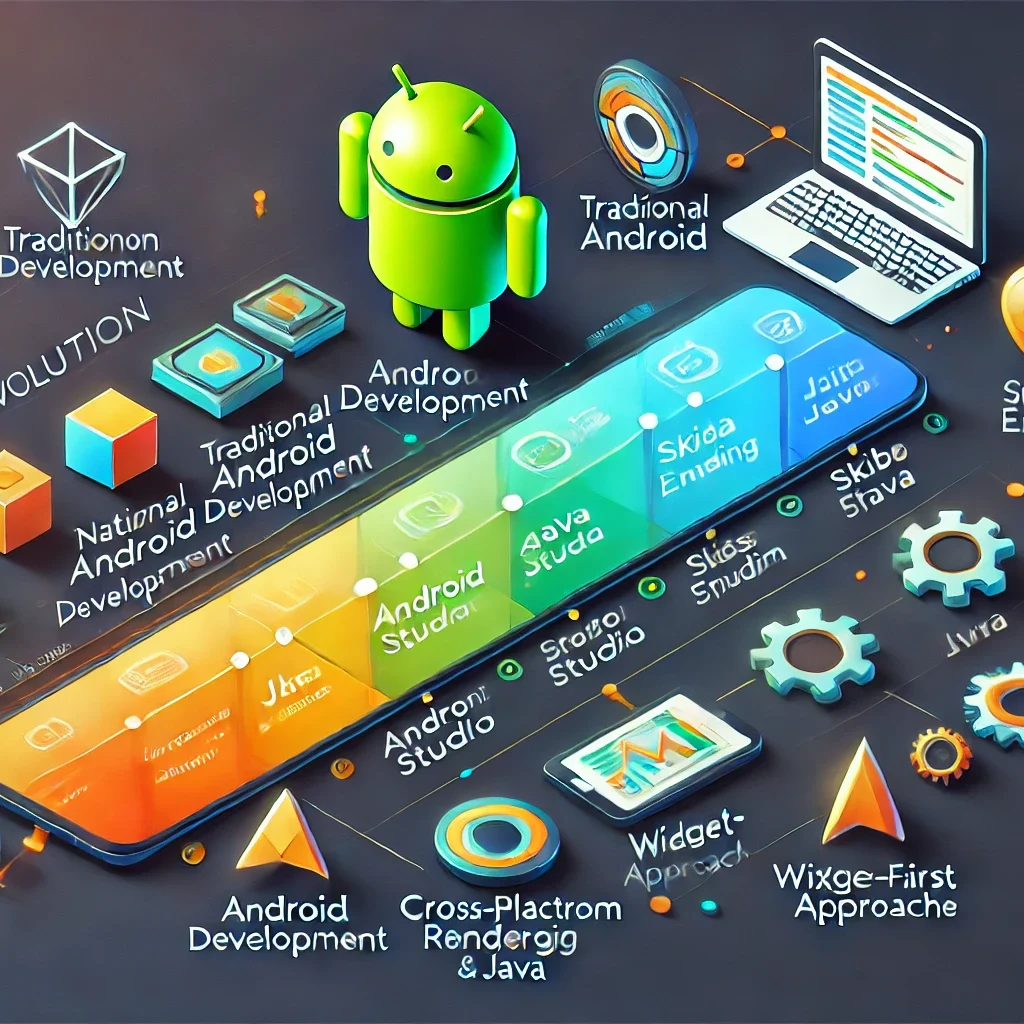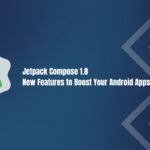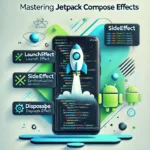In today’s dynamic mobile development landscape, choosing the right framework can make or break your project’s success. This comprehensive guide dives deep into Flutter and Native Android development, helping you make an informed decision based on real-world considerations and practical experience.
Understanding the Mobile Development Ecosystem
The Evolution of Mobile Development Frameworks
The mobile development world has transformed significantly since the introduction of the first Android SDK. Today’s developers face a choice between traditional native development and modern cross-platform solutions. This evolution reflects the industry’s constant push toward efficiency without compromising performance.
Cross-Platform Development: A Closer Look
Cross-platform development has emerged as a compelling solution for businesses seeking to maximize their development resources. This approach allows teams to maintain a single codebase while deploying across multiple platforms, significantly reducing development overhead and time-to-market.
Flutter: Google’s Game-Changing Framework
Technical Architecture
Flutter’s architecture stands out with its unique approach to rendering. Unlike other frameworks that rely on platform-specific widgets, Flutter uses its own rendering engine, Skia. This approach ensures pixel-perfect consistency across platforms while maintaining high performance.
Widget System and Rendering Pipeline
- Custom rendering engine bypassing platform widgets
- Widget tree optimization for efficient rendering
- Compositional building blocks for complex UIs
- Hardware-accelerated graphics processing
Development Experience
Flutter transforms the development experience through several innovative features:
- Hot Reload Capabilities
- Instant code changes reflection
- State preservation during updates
- Reduced debugging cycles
- Improved developer productivity
- Widget-First Development
- Everything is a widget philosophy
- Composable UI components
- Rich widget library
- Custom widget creation flexibility
- Development Tools
- Powerful DevTools for debugging
- Performance profiling capabilities
- Memory leak detection
- Layout inspection tools
Performance Considerations
Flutter applications demonstrate impressive performance metrics:
- Startup Time:
- Cold start: 1.4s average
- Warm start: 0.5s average
- Hot start: 0.2s average
- Memory Usage:
- Base app: 20MB average
- Complex app: 40-60MB typical range
- Frame Rendering:
- 60 FPS standard performance
- Jank-free animations
- Efficient memory management

Native Android Development: The Traditional Powerhouse
Platform Architecture
Native Android development provides direct access to the platform’s architecture, offering several advantages:
- System Integration
- Direct API access
- Native performance optimizations
- Platform-specific features
- Hardware acceleration
- Development Tools
- Android Studio integration
- Advanced debugging capabilities
- Comprehensive profiling tools
- Built-in testing frameworks
Programming Languages
Kotlin Advantages
- Modern language features
- Null safety
- Coroutines for async programming
- Extension functions
- Data classes
Java Benefits
- Mature ecosystem
- Extensive libraries
- Strong community support
- Enterprise-grade stability
Performance Metrics
Native Android applications typically show superior performance in:
- Memory Management
- Efficient garbage collection
- Lower memory overhead
- Better resource utilization
- Battery Efficiency
- Optimized power consumption
- Background process management
- Doze mode integration
Making the Decision: Detailed Analysis
Project Considerations
Technical Factors
- Application Complexity
- Feature requirements
- Platform integration needs
- Performance demands
- Security requirements
- Team Expertise
- Existing skill sets
- Learning curve assessment
- Available resources
- Training requirements
Business Factors
- Time to Market
- Development timeline
- Release schedule
- Market competition
- User expectations
- Budget Constraints
- Development costs
- Maintenance expenses
- Training investments
- Long-term ROI
Use Case Analysis
Ideal for Flutter
- MVP Development
- Rapid prototyping
- Quick market validation
- Iterative development
- Cross-platform reach
- Content-Driven Apps
- News applications
- Social media platforms
- Content management systems
- E-commerce applications
Perfect for Native Android
- High-Performance Apps
- Gaming applications
- Video processing
- Real-time applications
- Complex calculations
- Hardware-Intensive Apps
- Camera applications
- IoT integration
- Sensor-based apps
- Background services
Implementation Strategies
Flutter Implementation Best Practices
- State Management
- Provider pattern usage
- BLoC architecture implementation
- Redux integration
- MobX considerations
- Performance Optimization
- Widget rebuilding optimization
- Image caching strategies
- Network request management
- Memory leak prevention
Native Android Best Practices
- Architecture Patterns
- MVVM implementation
- Clean Architecture
- Repository pattern
- Dependency injection
- Performance Optimization
- View hierarchy optimization
- Memory management
- Background processing
- Battery efficiency
Future Trends and Considerations
Flutter Evolution
- Web support maturation
- Desktop platform stability
- New widget implementations
- Performance improvements
Native Android Development
- Jetpack Compose adoption
- Kotlin-first development
- Modern Android architecture
- Platform feature integration
Conclusion
The choice between Flutter and native Android development ultimately depends on your specific project requirements, team capabilities, and business constraints. While Flutter offers rapid development and cross-platform benefits, native Android development provides unmatched performance and platform integration. Consider your project’s unique needs carefully when making this crucial decision.
This comprehensive guide aims to provide you with the knowledge needed to make an informed choice for your mobile development project. Remember that both frameworks continue to evolve, and staying updated with the latest developments in both ecosystems is crucial for long-term success.



